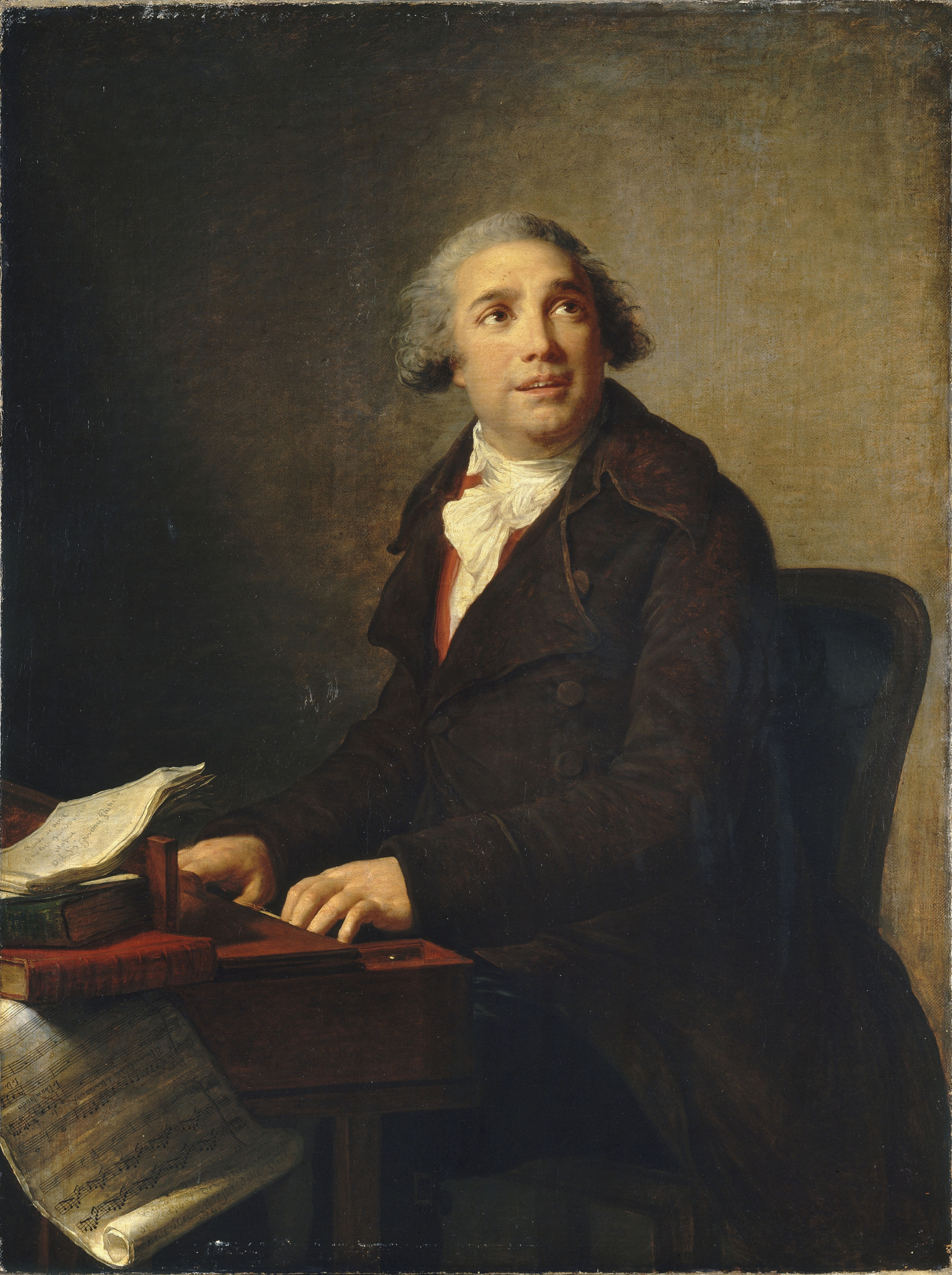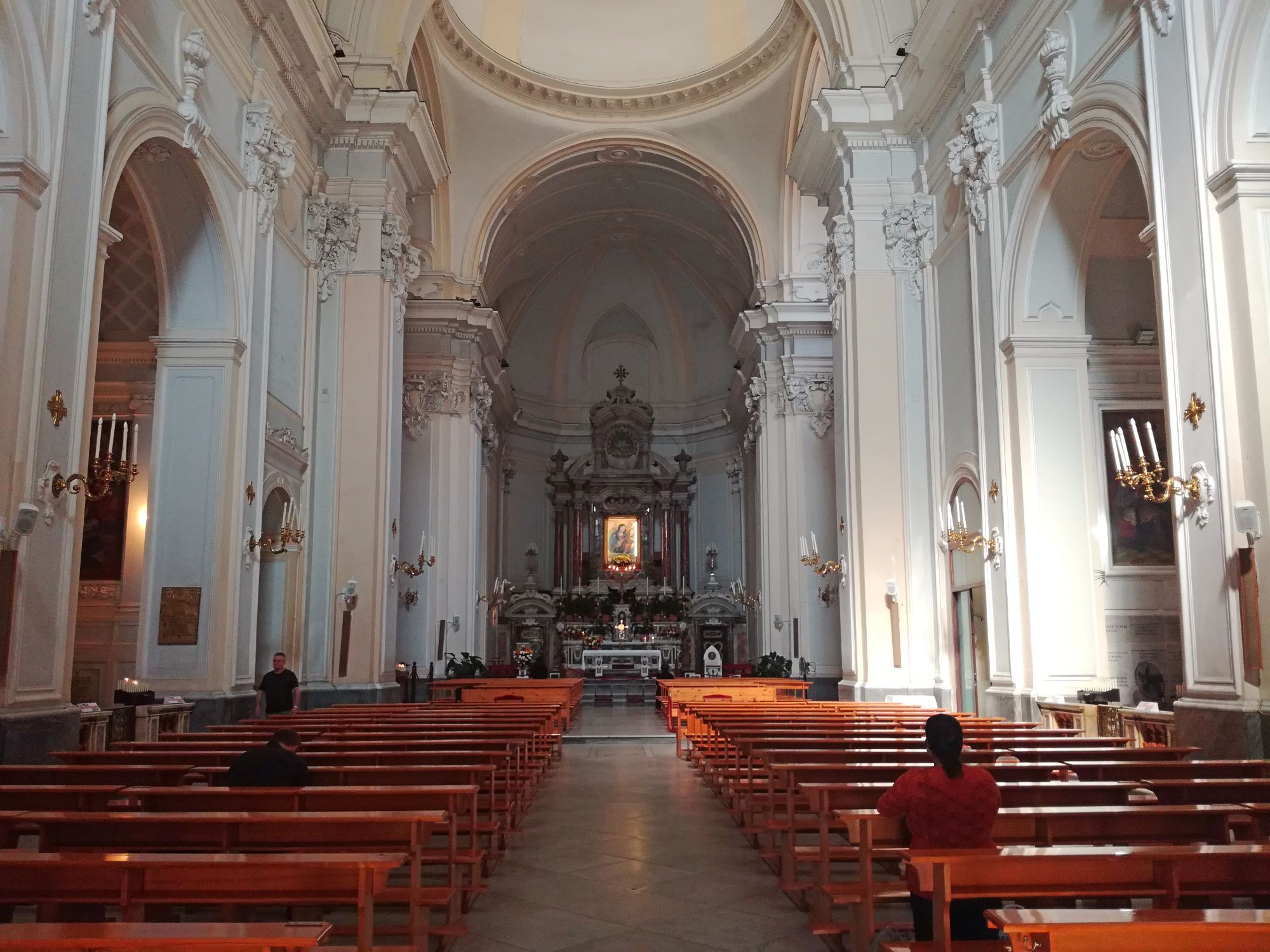|
Angelo Viva
Angelo Viva (1748 in Naples, Italy - 27 February 1837 in Naples, Italy) was an Italian sculptor. His important works are the statuary '' La fontana del ratto di Europa'', the Statues of the Evangelists in the Chapel Pappacoda, the decorations of the Obelisk of Portosalvo and the funeral monument of Giovanni Paisiello visible today in the church of Santa Maria Donnalbina. He also carried out a restoration of the Nile God Statue, Naples. He also did the facades of the Santa Maria di Montesanto, Naples The church of Santa Maria di Montesanto and the annexed monastery were built in Naples, Italy, by a community of Carmelite friars that had its origins in Montesanto, Sicily. The initial architect was Pietro De Marino, but the work including the .... References 1748 births 1837 deaths Italian sculptors 18th-century Neapolitan people 19th-century Neapolitan people {{Italy-sculptor-stub ... [...More Info...] [...Related Items...] OR: [Wikipedia] [Google] [Baidu] |
Naples
Naples (; it, Napoli ; nap, Napule ), from grc, Νεάπολις, Neápolis, lit=new city. is the regional capital of Campania and the third-largest city of Italy, after Rome and Milan, with a population of 909,048 within the city's administrative limits as of 2022. Its province-level municipality is the third-most populous metropolitan city in Italy with a population of 3,115,320 residents, and its metropolitan area stretches beyond the boundaries of the city wall for approximately 20 miles. Founded by Greeks in the first millennium BC, Naples is one of the oldest continuously inhabited urban areas in the world. In the eighth century BC, a colony known as Parthenope ( grc, Παρθενόπη) was established on the Pizzofalcone hill. In the sixth century BC, it was refounded as Neápolis. The city was an important part of Magna Graecia, played a major role in the merging of Greek and Roman society, and was a significant cultural centre under the Romans. Naples served a ... [...More Info...] [...Related Items...] OR: [Wikipedia] [Google] [Baidu] |
Italy
Italy ( it, Italia ), officially the Italian Republic, ) or the Republic of Italy, is a country in Southern Europe. It is located in the middle of the Mediterranean Sea, and its territory largely coincides with the homonymous geographical region. Italy is also considered part of Western Europe, and shares land borders with France, Switzerland, Austria, Slovenia and the enclaved microstates of Vatican City and San Marino. It has a territorial exclave in Switzerland, Campione. Italy covers an area of , with a population of over 60 million. It is the third-most populous member state of the European Union, the sixth-most populous country in Europe, and the tenth-largest country in the continent by land area. Italy's capital and largest city is Rome. Italy was the native place of many civilizations such as the Italic peoples and the Etruscans, while due to its central geographic location in Southern Europe and the Mediterranean, the country has also historically been home ... [...More Info...] [...Related Items...] OR: [Wikipedia] [Google] [Baidu] |
Angel MET LC-64 164 50
In various theistic religious traditions an angel is a supernatural spiritual being who serves God. Abrahamic religions often depict angels as benevolent celestial intermediaries between God (or Heaven) and humanity. Other roles include protectors and guides for humans, and servants of God. Abrahamic religions describe angelic hierarchies, which vary by religion and sect. Some angels have specific names (such as Gabriel or Michael) or titles (such as seraph or archangel). Those expelled from Heaven are called fallen angels, distinct from the heavenly host. Angels in art are usually shaped like humans of extraordinary beauty. They are often identified in Christian artwork with bird wings, halos, and divine light. Etymology The word ''angel'' arrives in modern English from Old English ''engel'' (with a hard ''g'') and the Old French ''angele''. Both of these derive from Late Latin ''angelus'', which in turn was borrowed from Late Greek ''angelos'' (literally "messenge ... [...More Info...] [...Related Items...] OR: [Wikipedia] [Google] [Baidu] |
Giovanni Paisiello
Giovanni Paisiello (or Paesiello; 9 May 1740 – 5 June 1816) was an Italian composer of the Classical era, and was the most popular opera composer of the late 1700s. His operatic style influenced Mozart and Rossini. Life Paisiello was born in Taranto in the Apulia region and educated by the Jesuits there. He became known for his beautiful singing voice and in 1754 was sent to the Conservatorio di S. Onofrio at Naples, where he studied under Francesco Durante, and eventually became assistant master. For the theatre of the Conservatorio, which he left in 1763, he wrote some intermezzi, one of which attracted so much notice that he was invited to write two operas, ''La Pupilla'' and ''Il Mondo al Rovescio'', for Bologna, and a third, ''Il Marchese di Tidipano'', for Rome. His reputation now firmly established, he settled for some years at Naples, where, despite the popularity of Niccolò Piccinni, Domenico Cimarosa and Pietro Guglielmi, of whose triumphs he was bitterly jealous, h ... [...More Info...] [...Related Items...] OR: [Wikipedia] [Google] [Baidu] |
Santa Maria Donnalbina
Santa Maria Donnalbina is a church located on the street of the same name in Naples, Italy. A church at the site existed in the 9th century, but was reconstructed in the 17th century by Bartolomeo Picchiatti, and the Baroque style church underwent further reconstructions under Arcangelo Guglielmelli. The interior was heavily encrusted with stucco decorations (1701) by Antonio Guidetti, and the altar is made of polychrome marbles. The counterfacade has an organ from 1699. The ceiling was decorated with canvases by Nicola Malinconico, also the author of the paintings depicting the saints, as well as the fresco in the counter-facade. In the second chapel on right are two saints (1736) painted by Domenico Antonio Vaccaro; in the presbytery and transepts are frescoes and canvases by Francesco Solimena. The church holds the funereal monument of Giovanni Paisiello, sculpted in Neoclassic style by Angelo Viva in 1816, which originally stood in the small church of the Immacolata del ... [...More Info...] [...Related Items...] OR: [Wikipedia] [Google] [Baidu] |
Nile God Statue, Naples
The Statue of the Nile God ( it, Statua del dio Nilo) is an Ancient Roman, likely Hellenistic, marble statue dating from the 2nd to 3rd century AD. It is located at Piazzetta Nilo, at the start of via Nilo, in the quarter of the same name, and it is this statue that gives all their name. The church of Santa Maria Assunta dei Pignatelli faces the statue, and the Palazzo Panormita is on the north flank. Two blocks east, along Via Benedetto Croce (part of the '' Decumano Inferiore'' commonly called ''Spaccanapoli'') rises the church of San Domenico. History The statue represents the God of the Nile, recumbent with a cornucopia and lying on a sphinx. The statue was probably erected in the then Roman port city by Alexandrian merchants. It was recovered, headless, in 1476, and was nicknamed "''Corpo di Napoli''". It was placed upon a pedestal in 1657, and later that century a bearded head was sculpted. In recent decades, the statue was again decapitated by robbers, and later reco ... [...More Info...] [...Related Items...] OR: [Wikipedia] [Google] [Baidu] |
Santa Maria Di Montesanto, Naples
The church of Santa Maria di Montesanto and the annexed monastery were built in Naples, Italy, by a community of Carmelite friars that had its origins in Montesanto, Sicily. The initial architect was Pietro De Marino, but the work including the cupola (1680) was completed by Dionisio Lazzari. The facades, done in the 19th century by Angelo Viva, depict Our Lady of Carmel (the Madonna del Carmelo). The interior is on a Latin-cross plan. In the first two chapels are canvases by Paolo De Matteis Paolo de Matteis (also known as ''Paolo de' Matteis''; 9 February 1662 – 26 January 1728) was an Italian painter. Biography He was born in Piano Vetrale, a hamlet of Orria, in the current Province of Salerno, and died in Naples. He trained wit ..., depicting ''St Michael Archangel'' and the ''Miracle of St Anthony'' (1693). In one arm of the transept is the ''Crucifixion with Madonna and St John the Baptist'', an 18th-century wood sculpture by Nicola Fumo. An interior chapel, dedica ... [...More Info...] [...Related Items...] OR: [Wikipedia] [Google] [Baidu] |
1748 Births
Events January–March * January 12 – Ahmad Shah Durrani captures Lahore. * January 27 – A fire at the prison and barracks at Kinsale, in Ireland, kills 54 of the prisoners of war housed there. An estimated 500 prisoners are safely conducted to another prison."Fires, Great", in ''The Insurance Cyclopeadia: Being an Historical Treasury of Events and Circumstances Connected with the Origin and Progress of Insurance'', Cornelius Walford, ed. (C. and E. Layton, 1876) p51 * February 7 – The San Gabriel mission project begins with the founding of the first Roman Catholic missions further northward in the Viceroyalty of New Spain, in what is now central Texas. On orders of the Viceroy, Juan Francisco de Güemes, Friar Mariano Marti establish the San Francisco Xavier mission at a location on the San Gabriel River in what is now Milam County. The mission, located northeast of the future site of Austin, Texas, is attacked by 60 Apache Indians on May ... [...More Info...] [...Related Items...] OR: [Wikipedia] [Google] [Baidu] |
1837 Deaths
Events January–March * January 1 – The destructive Galilee earthquake causes 6,000–7,000 casualties in Ottoman Syria. * January 26 – Michigan becomes the 26th state admitted to the United States. * February – Charles Dickens's '' Oliver Twist'' begins publication in serial form in London. * February 4 – Seminoles attack Fort Foster in Florida. * February 25 – In Philadelphia, the Institute for Colored Youth (ICY) is founded, as the first institution for the higher education of black people in the United States. * March 1 – The Congregation of Holy Cross is formed in Le Mans, France, by the signing of the Fundamental Act of Union, which legally joins the Auxiliary Priests of Blessed Basil Moreau, CSC, and the Brothers of St. Joseph (founded by Jacques-François Dujarié) into one religious association. * March 4 ** Martin Van Buren is sworn in as the eighth President of the United States. ** The city of Chicago is incorporated. April–June * Apr ... [...More Info...] [...Related Items...] OR: [Wikipedia] [Google] [Baidu] |






